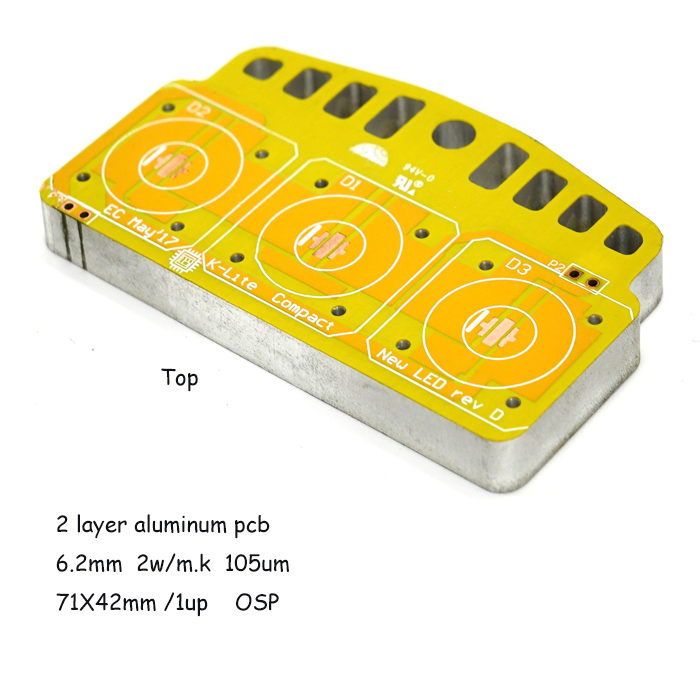 English
English-
 English
English -
 Español
Español -
 Português
Português -
 русский
русский -
 Français
Français -
 日本語
日本語 -
 Deutsch
Deutsch -
 tiếng Việt
tiếng Việt -
 Italiano
Italiano -
 Nederlands
Nederlands -
 ภาษาไทย
ภาษาไทย -
 Polski
Polski -
 한국어
한국어 -
 Svenska
Svenska -
 magyar
magyar -
 Malay
Malay -
 বাংলা ভাষার
বাংলা ভাষার -
 Dansk
Dansk -
 Suomi
Suomi -
 हिन्दी
हिन्दी -
 Pilipino
Pilipino -
 Türkçe
Türkçe -
 Gaeilge
Gaeilge -
 العربية
العربية -
 Indonesia
Indonesia -
 Norsk
Norsk -
 تمل
تمل -
 český
český -
 ελληνικά
ελληνικά -
 український
український -
 Javanese
Javanese -
 فارسی
فارسی -
 தமிழ்
தமிழ் -
 తెలుగు
తెలుగు -
 नेपाली
नेपाली -
 Burmese
Burmese -
 български
български -
 ລາວ
ລາວ -
 Latine
Latine -
 Қазақша
Қазақша -
 Euskal
Euskal -
 Azərbaycan
Azərbaycan -
 Slovenský jazyk
Slovenský jazyk -
 Македонски
Македонски -
 Lietuvos
Lietuvos -
 Eesti Keel
Eesti Keel -
 Română
Română -
 Slovenski
Slovenski
What are the advantages of PCB multilayer boards
2024-07-13
If we compare a PCB single-sided board with a PCB multi-layer board, without discussing its internal quality, we can see the difference through the surface. These differences are very important for the durability and functionality of the PCB throughout its service life. The main advantages of PCB multi-layer boards: This circuit board is resistant to oxidation. Diverse structures, high density, and surface coating technology ensure the quality and safety of the circuit board and can be used safely. The following are the important features of high-reliability multi-layer boards, that is, the advantages of PCB multi-layer boards:
1. The normal copper thickness of the hole wall of the PCB multi-layer board is 25 microns;
Advantages: Enhanced reliability, including improved z-axis expansion resistance.
2. No solder repair or open circuit repair
Advantages: Perfect circuits ensure reliability and safety, no maintenance, and no risk.
3. Exceeding the cleanliness requirements of IPC specifications
Advantages: Improving the cleanliness of PCB multi-layer boards can improve reliability.
4. Strictly control the service life of each surface treatment
Advantages: Soldering, reliability and reduced risk of moisture intrusion.
Whether in the manufacturing assembly process or in actual use, PCB multi-layer boards must have reliable performance. Of course, this is related to the equipment and process technology level of the PCB board factory.

-
E-mail

